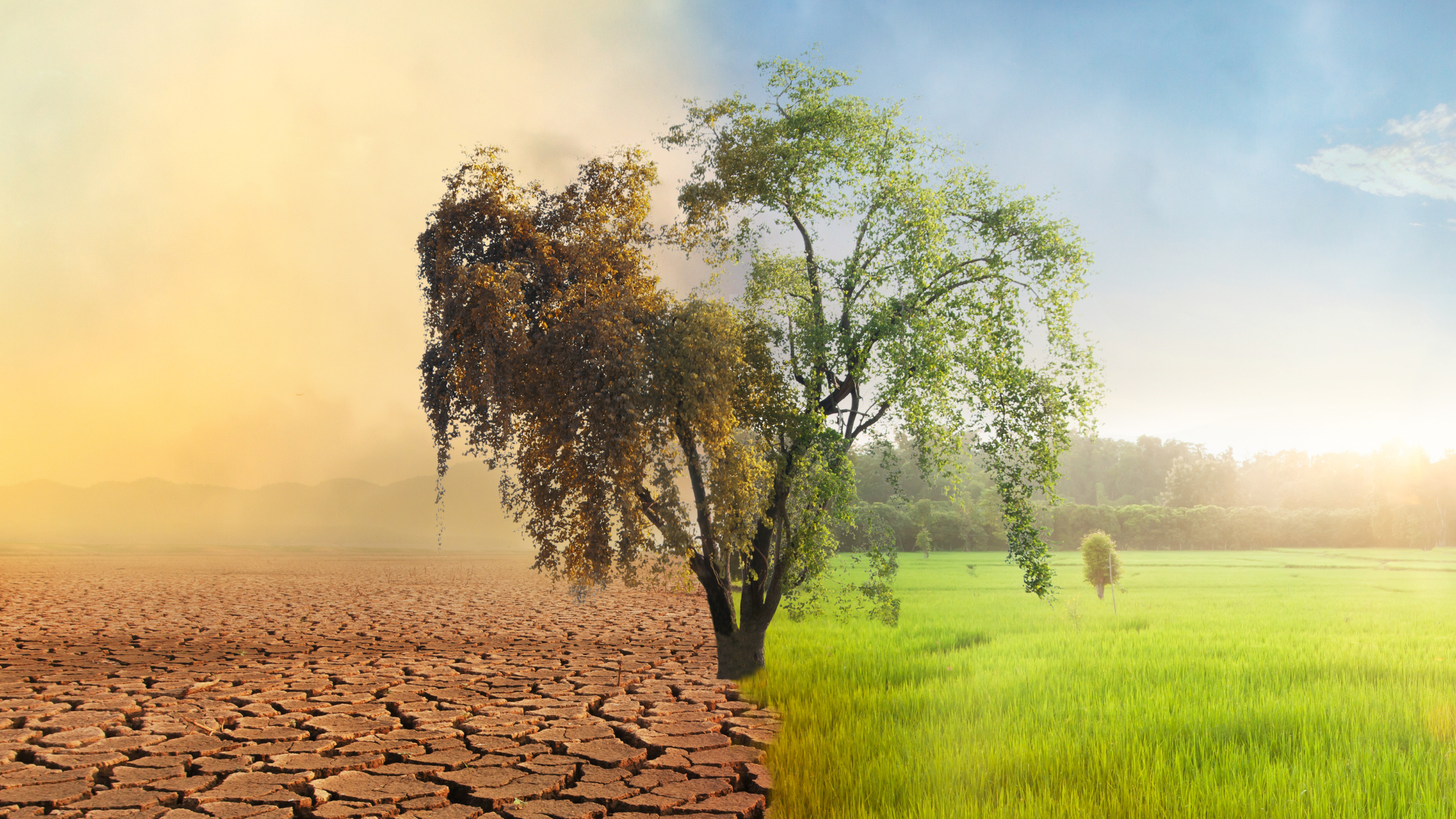There is an increasing need for a workforce that knows how to adapt to the varied impacts of climate change. Colleges and universities need to be prepared to offer new academic programs that address the growing need for climate adaptation and an exploding job market focused on structural adaptions, institutional policy and disaster prevention, and emerging societal shifts. There will be high demand for those who can develop strategies and build solutions.
Climate Adaptation is Not Climate Mitigation
Climate change adaptation differs from mitigation, although both remain important. Climate change adaptation refers to the actions we need to take to adapt to shifting environmental conditions that are already happening and those yet to come.
I can’t help but picture the future world as one giant Jumanji game board. Melting ice sheets, rising sea levels, atmospheric rivers, and extended wildfire seasons are new realities. Scientists are anticipating a wider spread of mosquito-borne diseases. Entire species may be threatened as warming temperatures disrupt habitats and reproductive cycles. We will need a workforce that can help us and the rest of the creatures on this planet adapt to an increasingly challenging environment.
Climate change adaptation initiatives will focus on three broad domains: structural and physical, institutional, and social. Higher education has the opportunity to launch new programs that provide employers with skilled and knowledgeable graduates who can identify and implement solutions.
Structural and Physical: Opportunities for Infrastructure Experts
Rising sea levels and storm surges threaten coastal cities and towns. Climbing temperatures will require new types of cooling solutions. Above-ground electrical structures will be more vulnerable to powerful storms. These are some examples of threats to infrastructure that will need to be addressed through structural and physical adaptation. It may be far too late to bury the box in the sand.
Some cities are currently planning structural solutions. For example, New York City is considering a six-mile long, $119 billion sea wall around the southern tip of Manhattan to protect it from floodwaters, while Miami Beach is spending millions of dollars on building new stormwater pumps and drainage systems and elevating its streets by two feet to protect against rising tides.
Companies and researchers are exploring new materials that can be used to adapt existing structures to better weather the storm. For example, researchers at Purdue University have developed a new ultra-white paint that reflects over 98% of the sun’s rays. It keeps surface temperatures cooler and, when painted onto a roof, could cool a house better than most residential air conditioners.
These adaptation initiatives will require a new generation of material scientists, engineers, architects, and builders.
Climate Adaptation: Institutional Needs
Now that we have addressed the rampant rhinoceros stampeding down the streets and knocking down buildings, how do we protect the citizens who want to get on with their lives amid the chaos? Public and private institutions need to develop plans and policies to protect populations from prolonged heat waves, sub-zero cold spells, and other extreme weather events. Strained emergency response teams will need updated plans and resources. Economic impacts will need to be assessed and accounted for.
Some are already starting to do so. The city of Chicago, for example, has instituted a heat emergency response system to protect its vulnerable populations when a heat wave is in the forecast. California recently launched a Climate Adaptation Strategy that includes “nearly 150 climate adaptation actions” for improving public health strategies, strengthening protections for climate-vulnerable communities, and building a “climate-resistant” economy.
Colleges and universities can help by developing programs that provide planners and other officials with the tools and knowledge to prepare for future scenarios. A few have already begun, including the University of Maryland (UMD). In December 2022, UMD’s Senate approved a post-baccalaureate certificate in climate policy and action. The program is intended to teach public policy and other professionals how to “assess, design, and implement effective strategies and actions” in response to climate-related challenges. UMD also offered a Climate Finance & Risk Management bootcamp to help government officials and private executives understand the economic impacts of climate change on their organizations.
Social Adaptation: Changes in Work and Life
Our diets may change as shifts in growing climates make different foods available locally and regionally. Demand for some occupations will grow and new jobs, such as tidewater architects, will form. Some workers, such as builders and landscapers, may need to shift their working hours or change how they do their jobs as extreme heat or cold becomes more prevalent. Entire communities may need to relocate because of erosion or rising waters. Already, two tribal communities in Alaska and one in Washington state are planning to resettle to higher ground.
Social adaptation refers to behavioral, occupational, and lifestyle changes that individuals, groups, and communities need to make in response to climate change. For higher education, there will be opportunities here as well. Agricultural schools can work on developing drought-resistant crops. Community colleges and trade schools can help retrain or upskill the workforce to prepare for changing occupational hazards or needs. We will need communications experts to educate citizens and publicize local initiatives.
A Trillion Dollar Impact and Academic Program Opportunity
The Economist Intelligence Unit expects climate change’s impact to be measured in trillions of dollars. Governments, public entities, and private corporations will be spending significant chunks of money on adaptation soon, and they will need expertise on what to do and how to do it. For higher education, this represents an opportunity to develop programs to address climate change adaptation, from community colleges focused on trades to research universities interested in developing centers of expertise.
Opportunities exist across a wide range of disciplines, such as architecture, engineering, agriculture, economics, political science, and communication, to name a few. Schools could embed climate change adaptation into existing academic programs to create specialized expertise for their graduates. Schools could also develop programs focused specifically on climate change adaptation for students from diverse backgrounds to learn about and apply solutions in their current careers.
Winning a board game, Jumanji included, is influenced by heuristics in two main areas of gameplay: analyzing the position and state of the game, and looking at the options and choosing those that meet the player’s goals. Everyone wins by offering new academic programs that address the growing need for climate adaptation.




